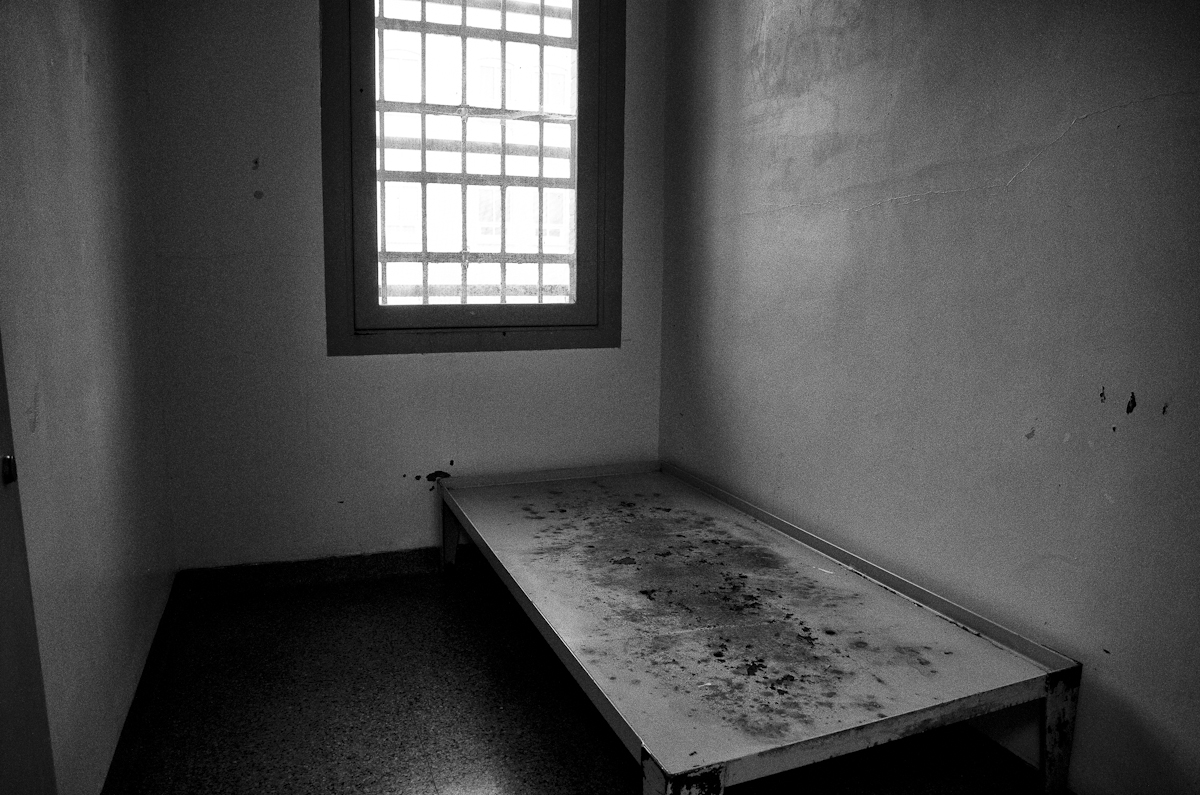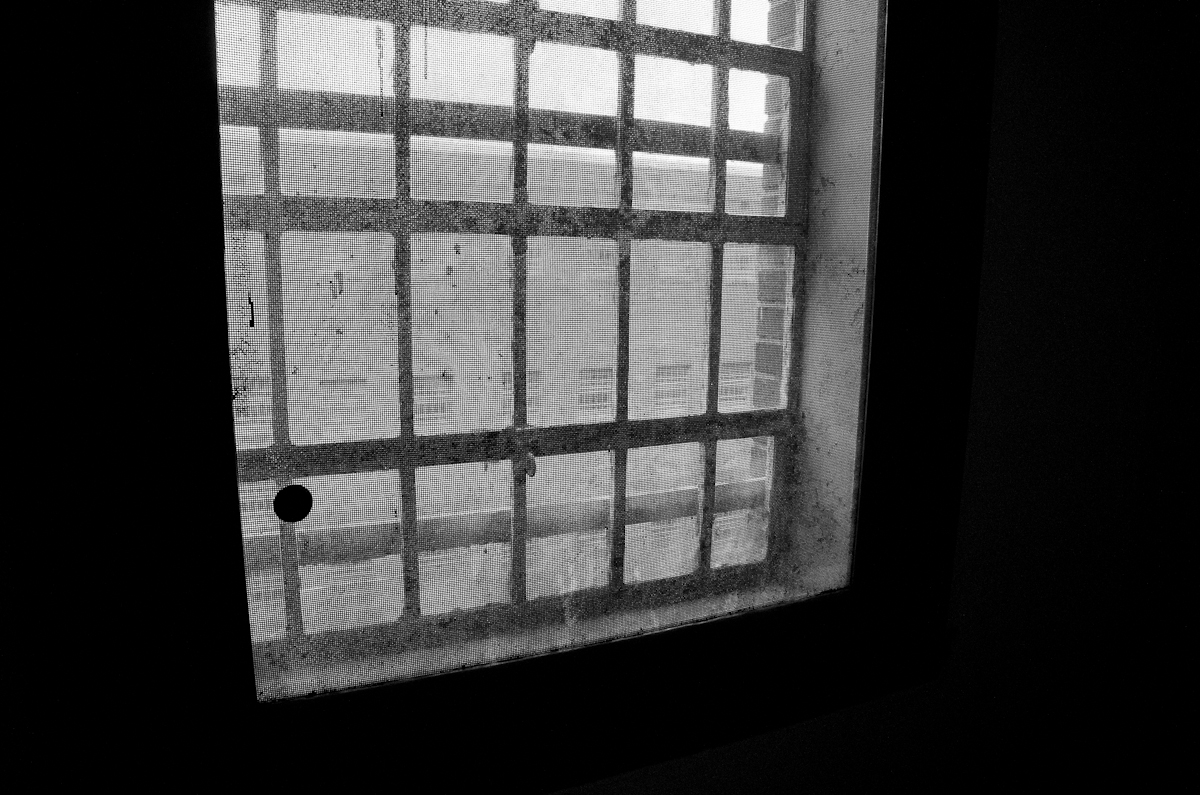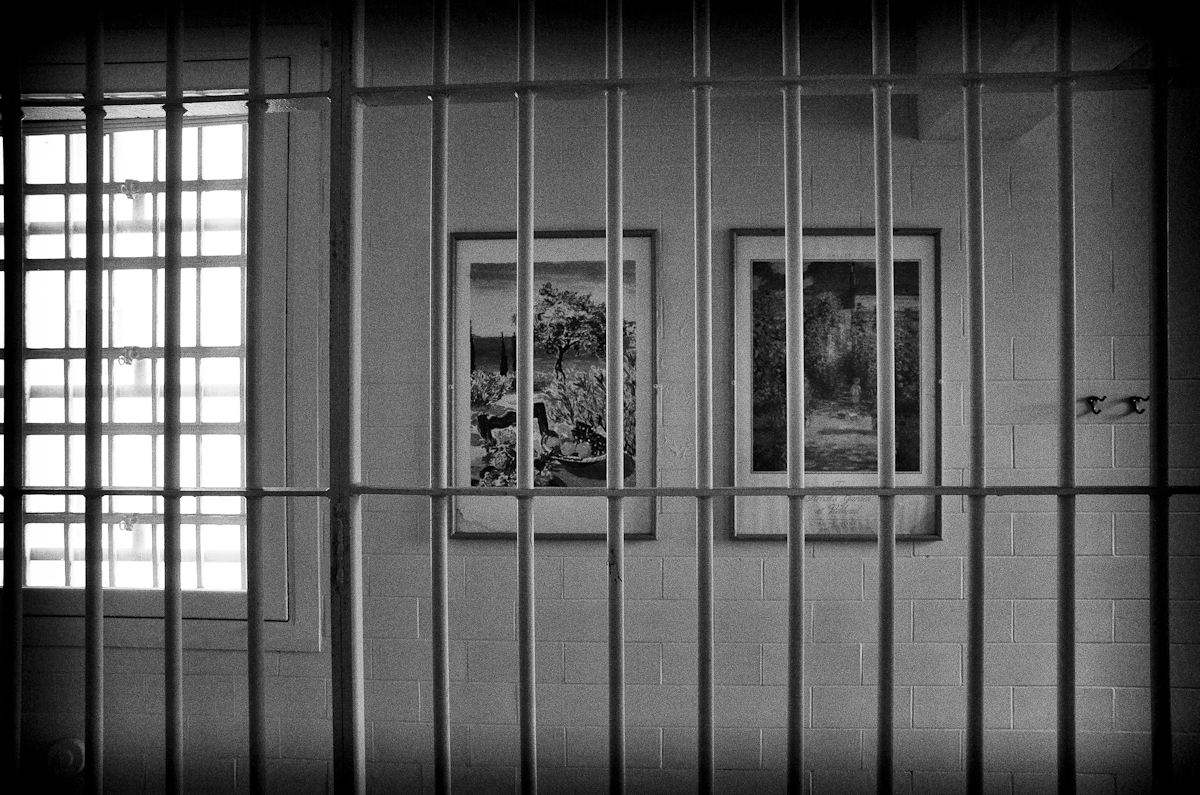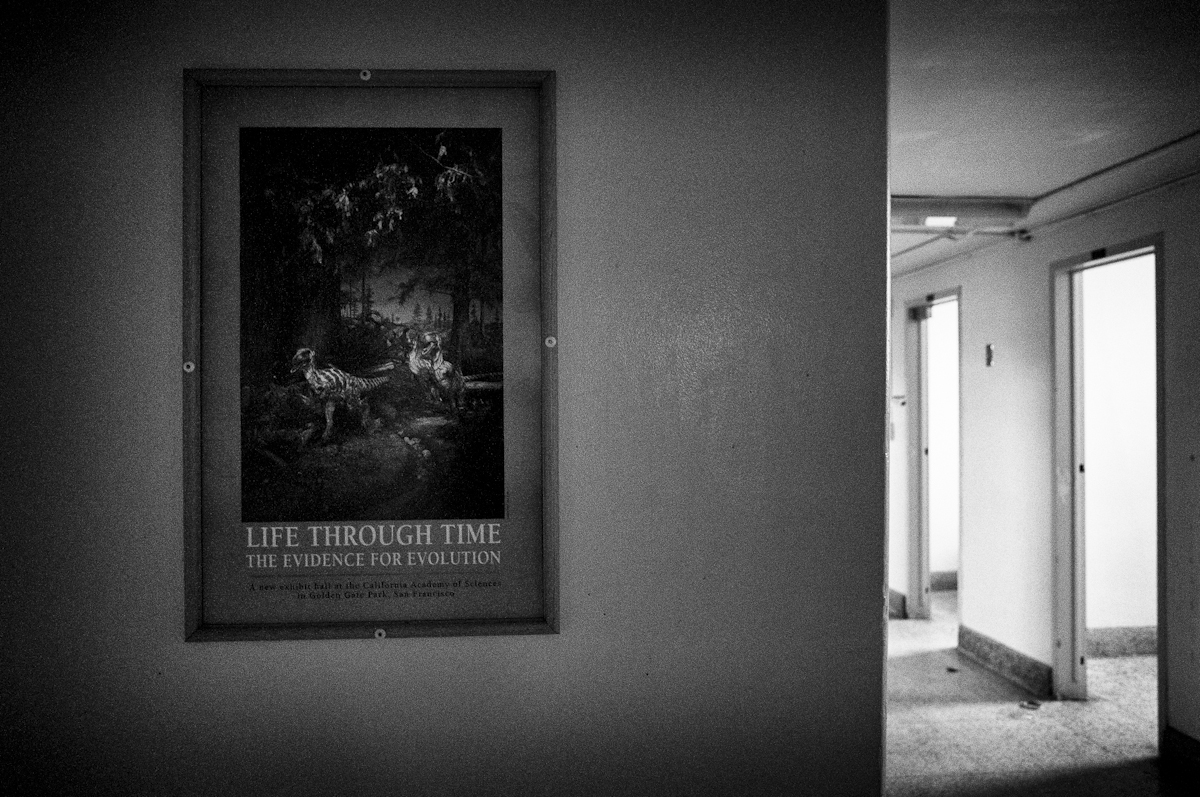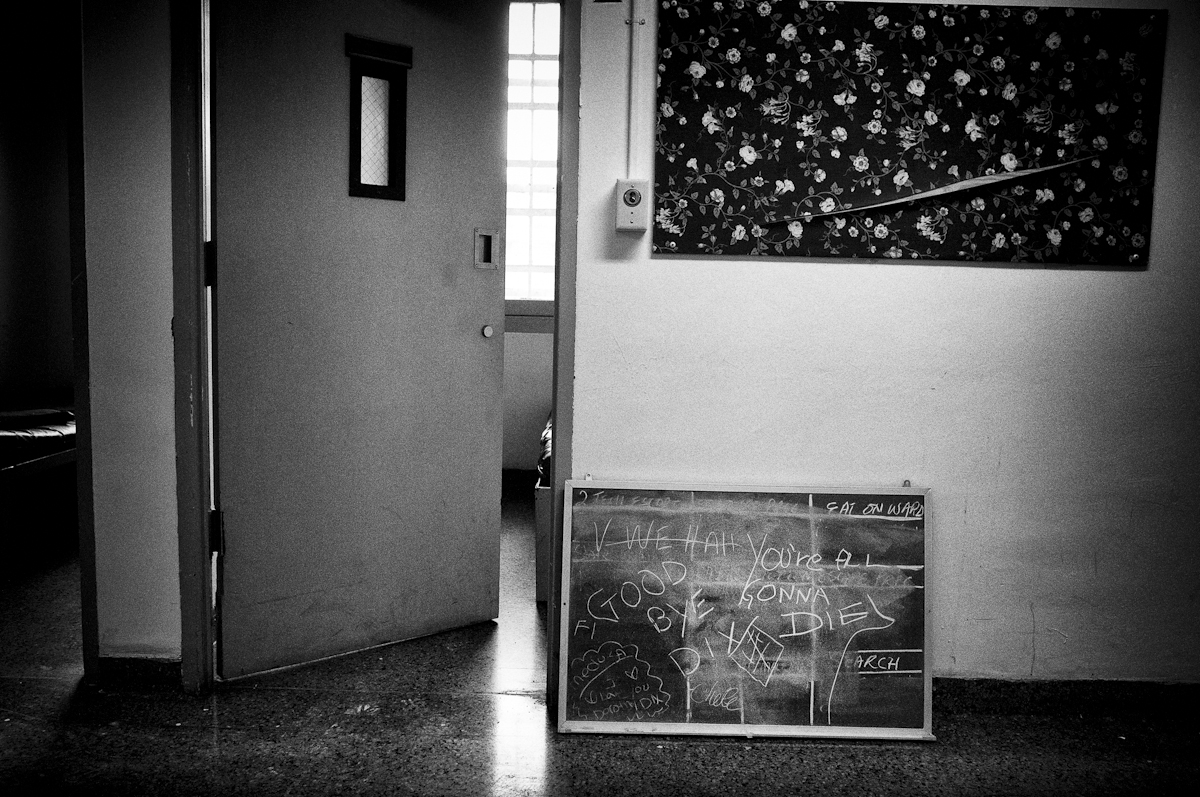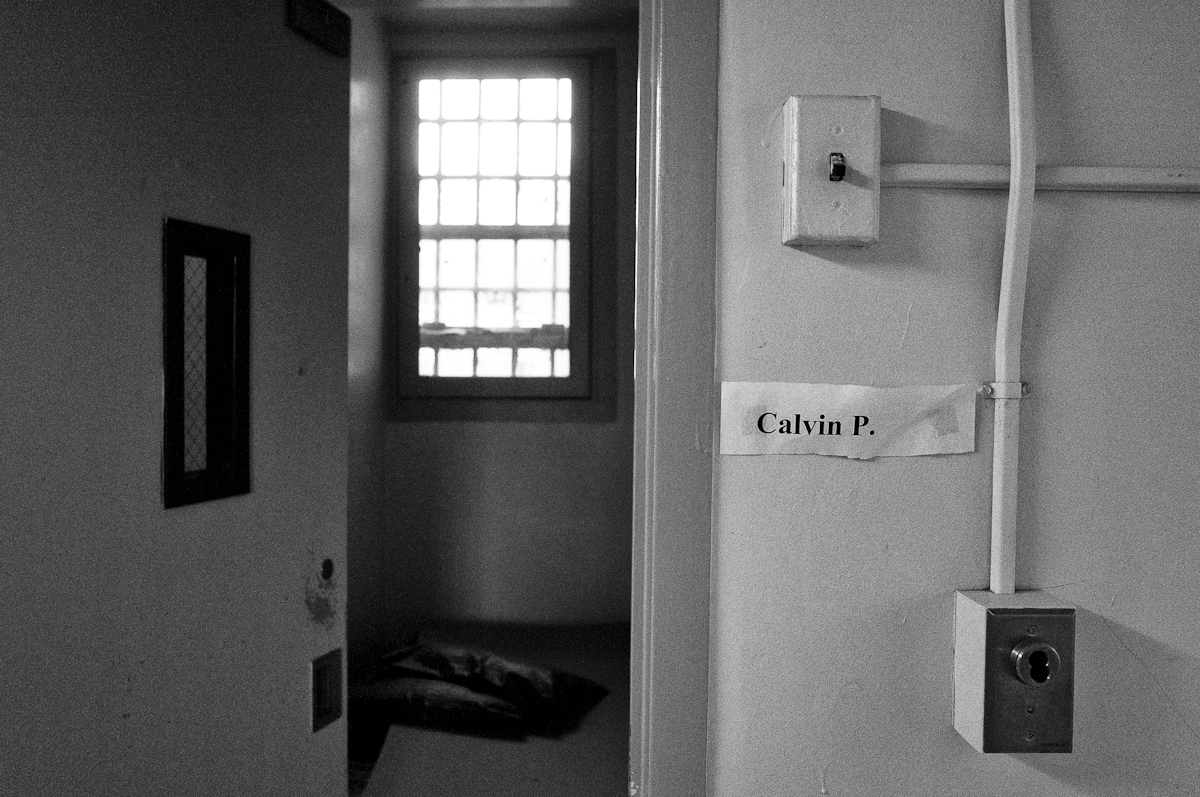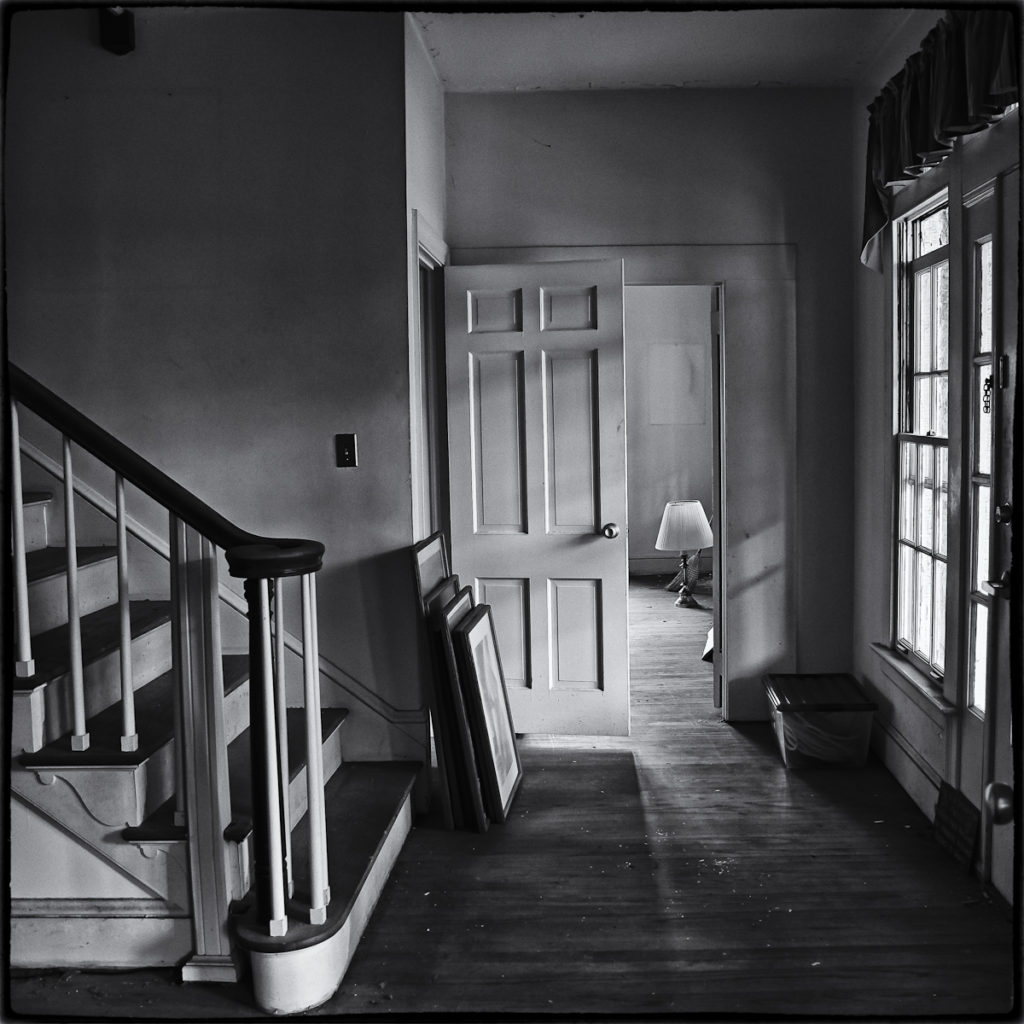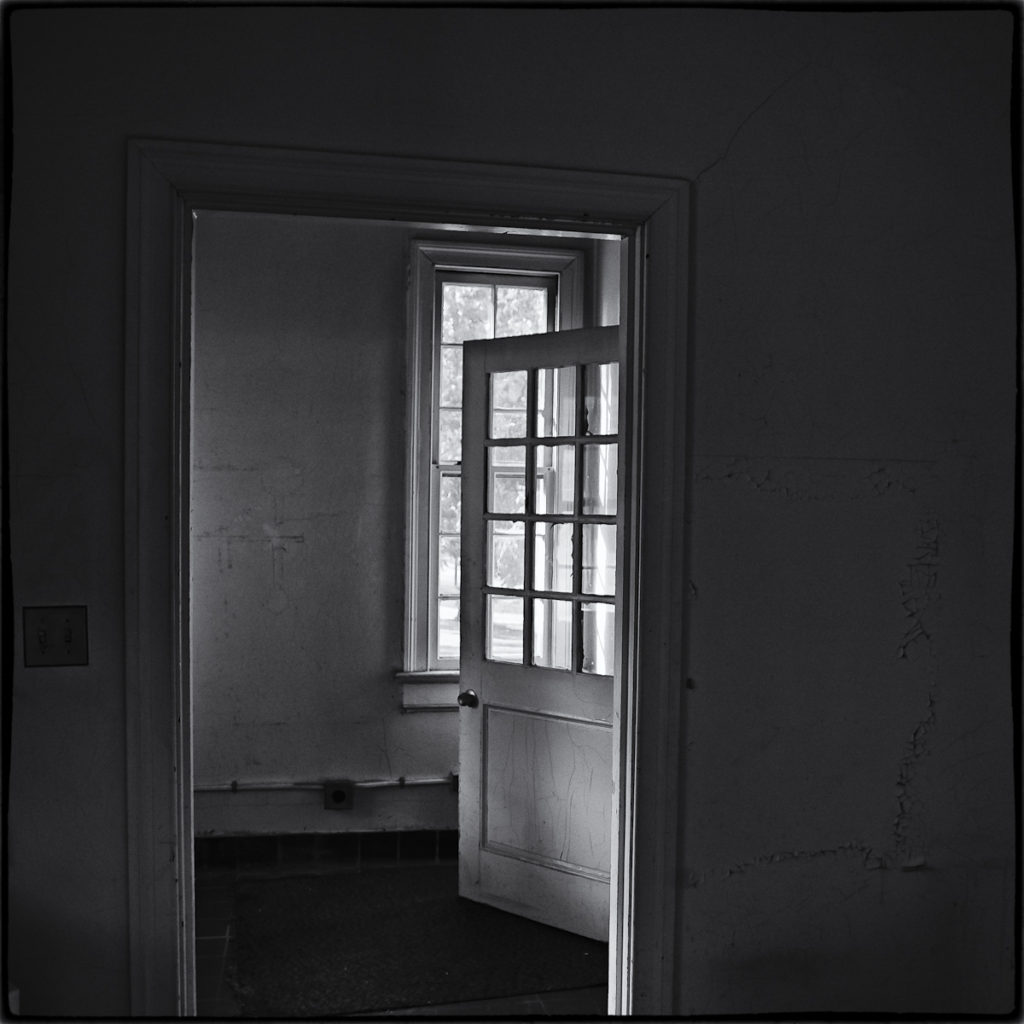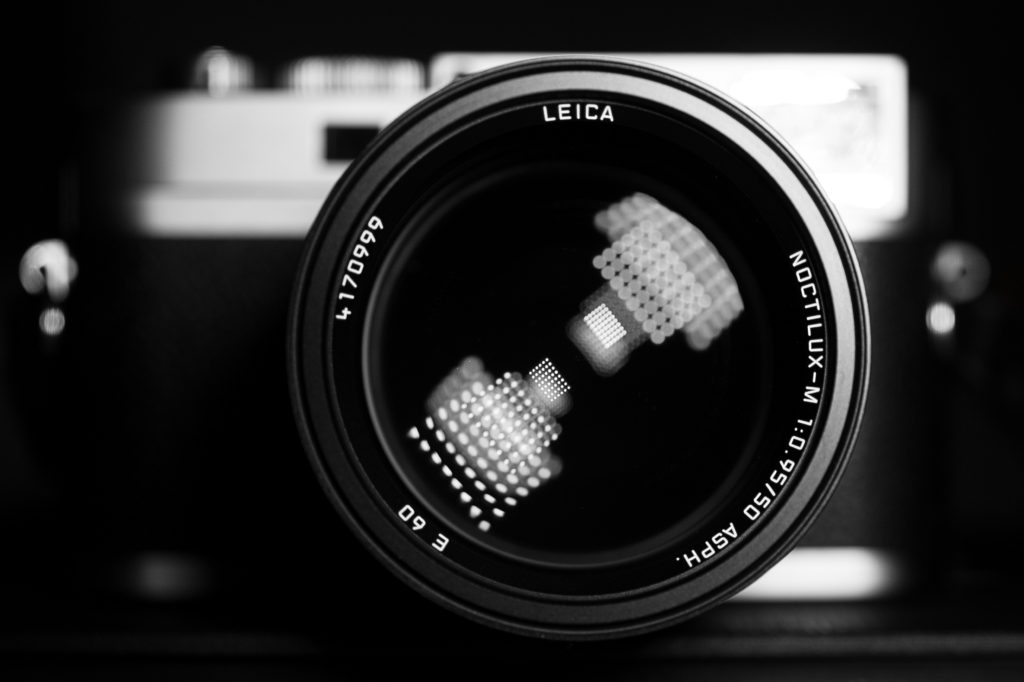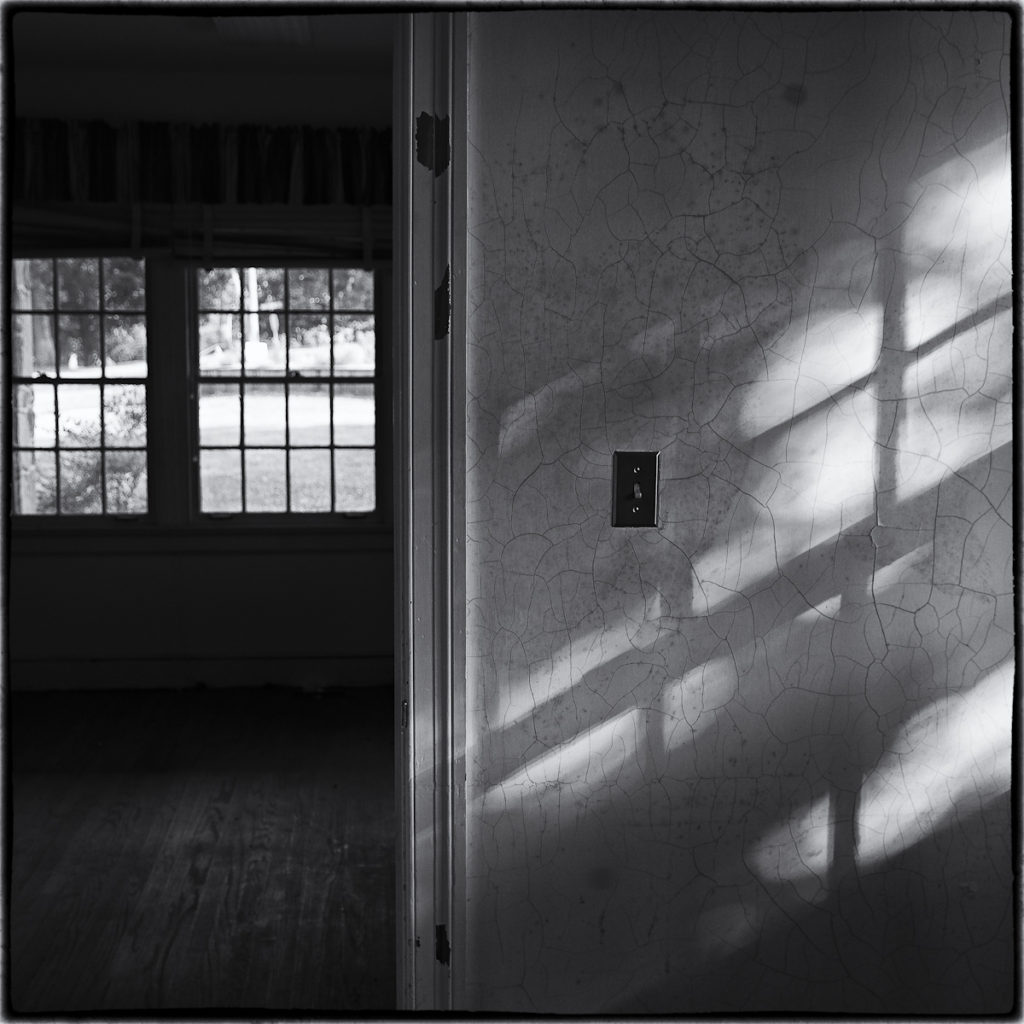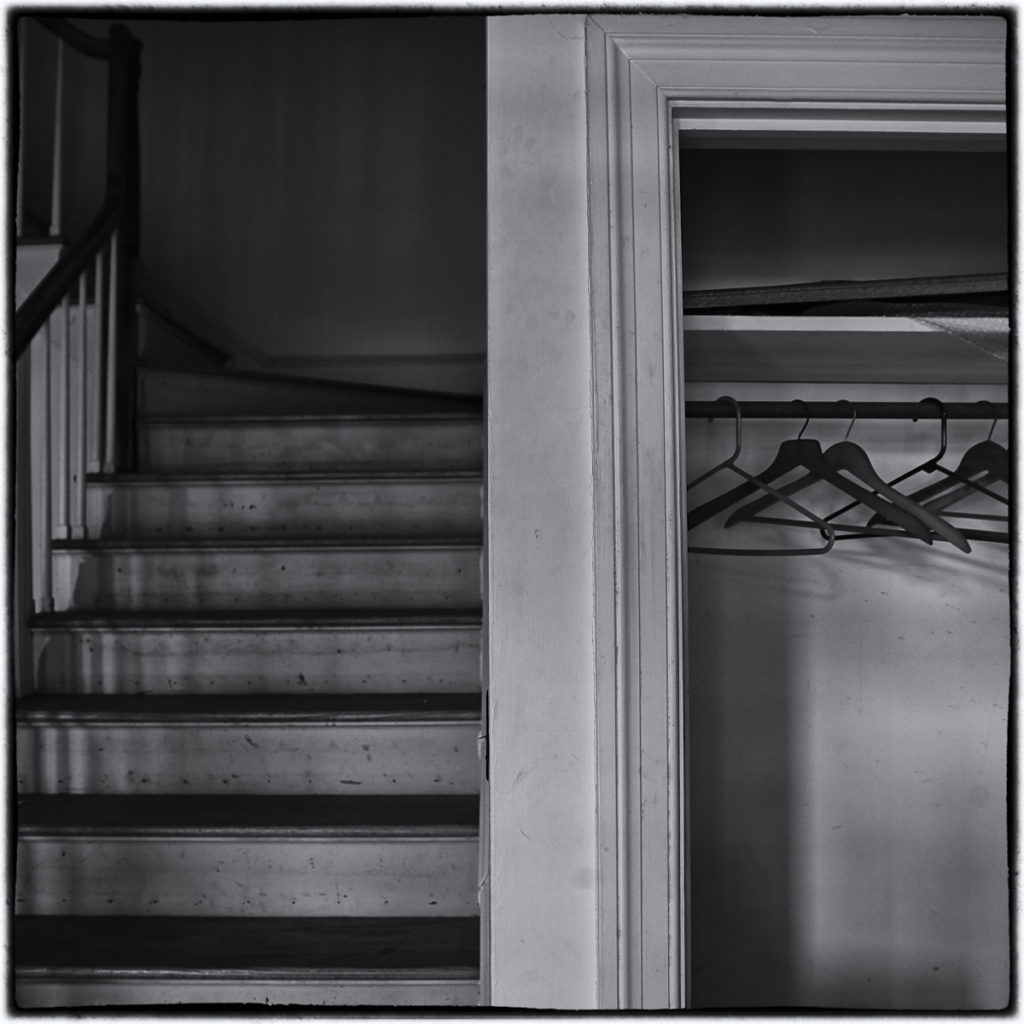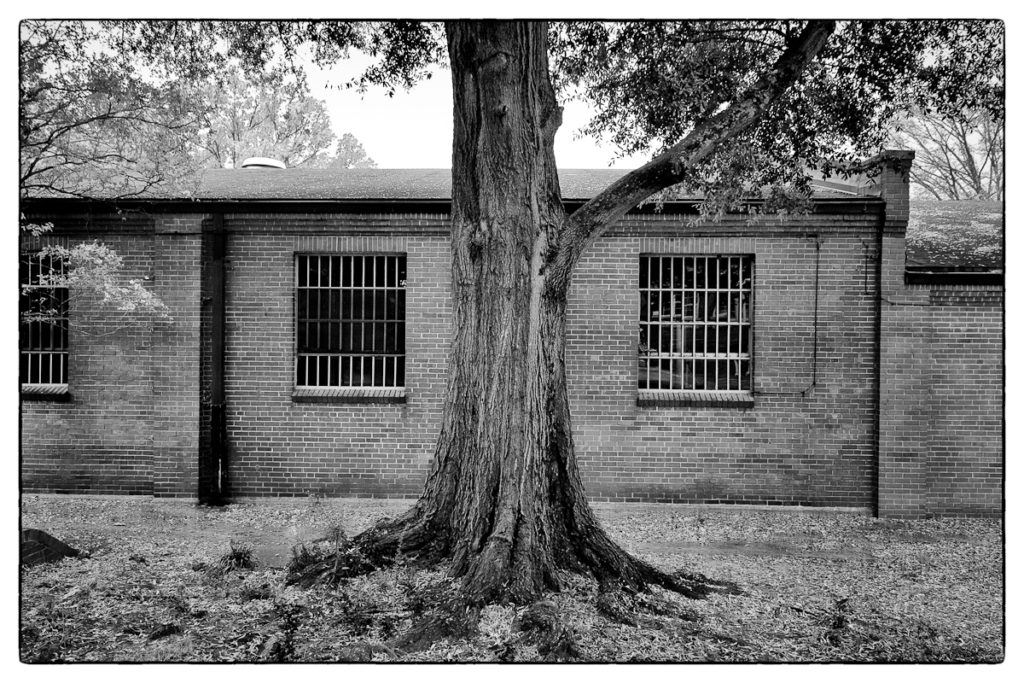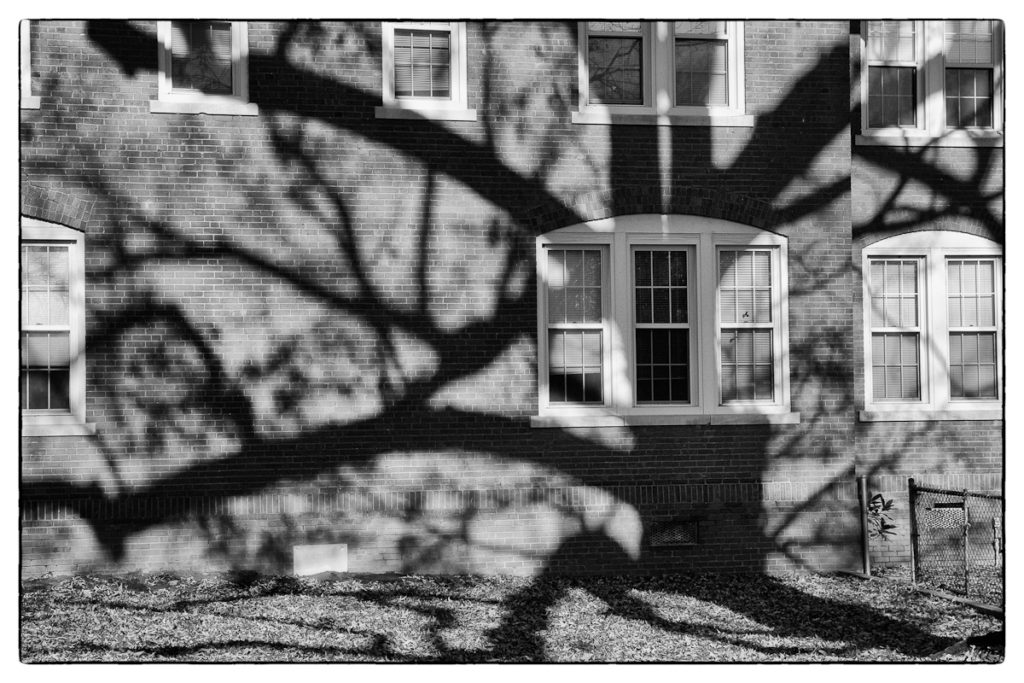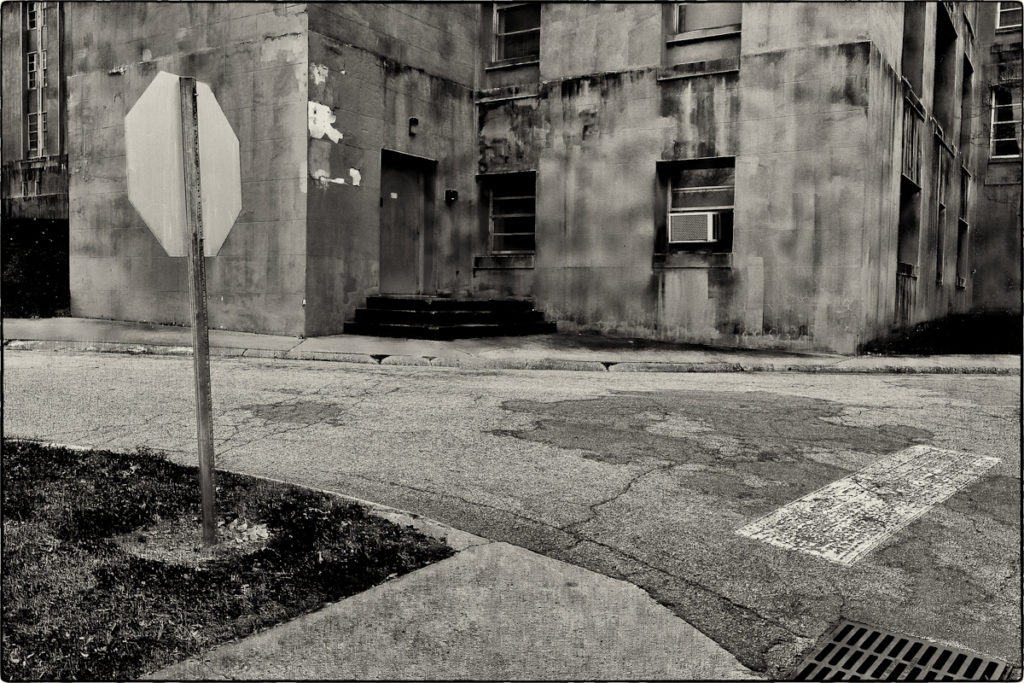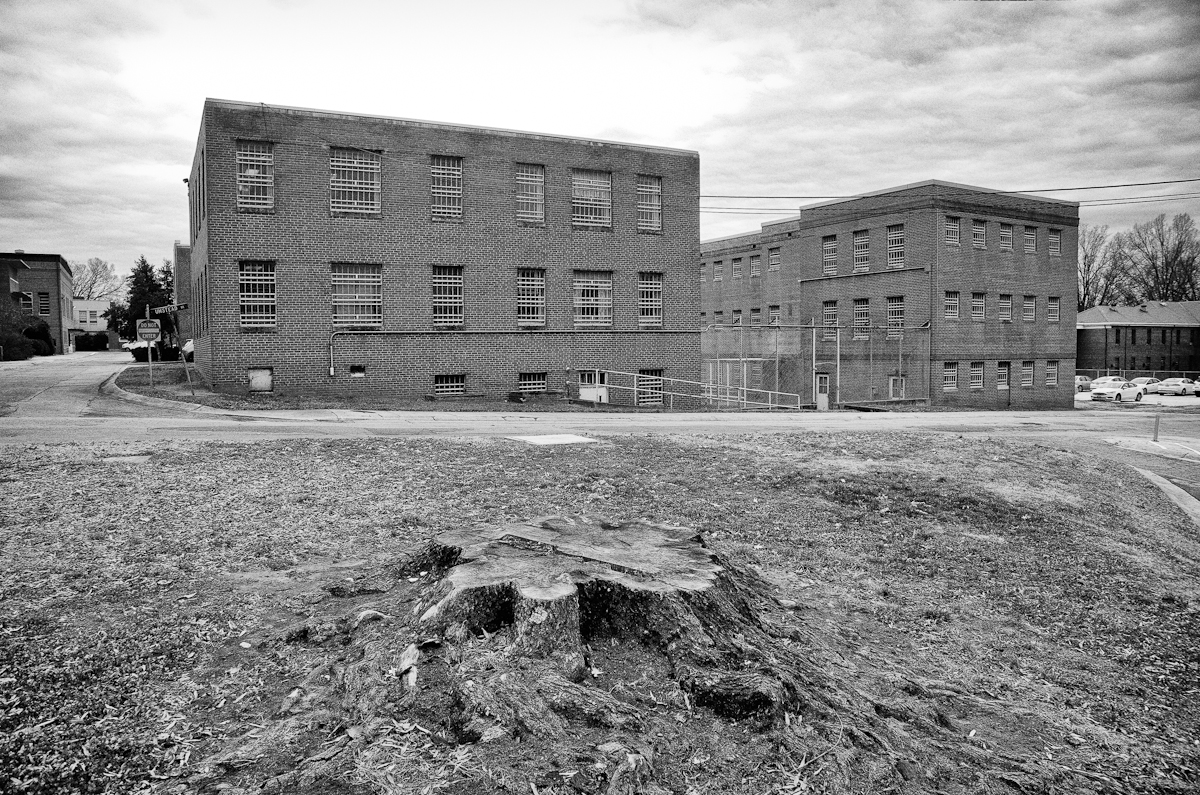
Above is the Forensics Unit of Dorothea Dix Hospital in Raleigh, North Carolina. Dix Hospital is (was) our state’s primary mental hospital. The Forensics Unit is where we housed people who were considered ‘criminally insane,’ and also where defendants were sent to assess their sanity and competence to stand trial. It’s closed now, but a light or two still burns in an odd window.
The hospital grounds are within walking distance of my home. Buddy, my dog, loves being walked on the grounds. He likes to chase the groundhogs that populate the hospital campus. He nabbed one a few weeks ago and proceeded to kill it. I tried to reason with him about why that might be wrong, but he wasn’t having any of it. He’s an animal. What are you going to do? At least he can do it with a clear conscience. He’s a carnivore, and he’s not killing them for a thrill, or because he’s pissed off at me, or whatever. He’s killing them because it’s instinctual, unlike a human’s desire to kill, which is a chosen action with ethical and moral implications.
Why kill groundhogs? Groundhogs are totally harmless. I grew up with a family of groundhogs that had made a burrow in our New Jersey backyard. My mom was always harassing my father to get rid of them, put poison out etc. What, I asked, are they doing to bother us? They’re just being groundhogs. Give em a break. Eventually, they relented, and we kept ‘our’ groundhogs. They were lucky. Most people just kill em when they find them in proximity.

But back to the point. I was walking Buddy the other day and decided, what the hell, I should see if I can’t get into that building. Probably some really interesting things in there. So I tried all the doors, and the last one I tried – 3 flights up an exterior fire escape – opened right up. Holy Shit. After propping the door open to assure myself re-entry, I took Buddy home, grabbed a camera, and went back to explore.
*************
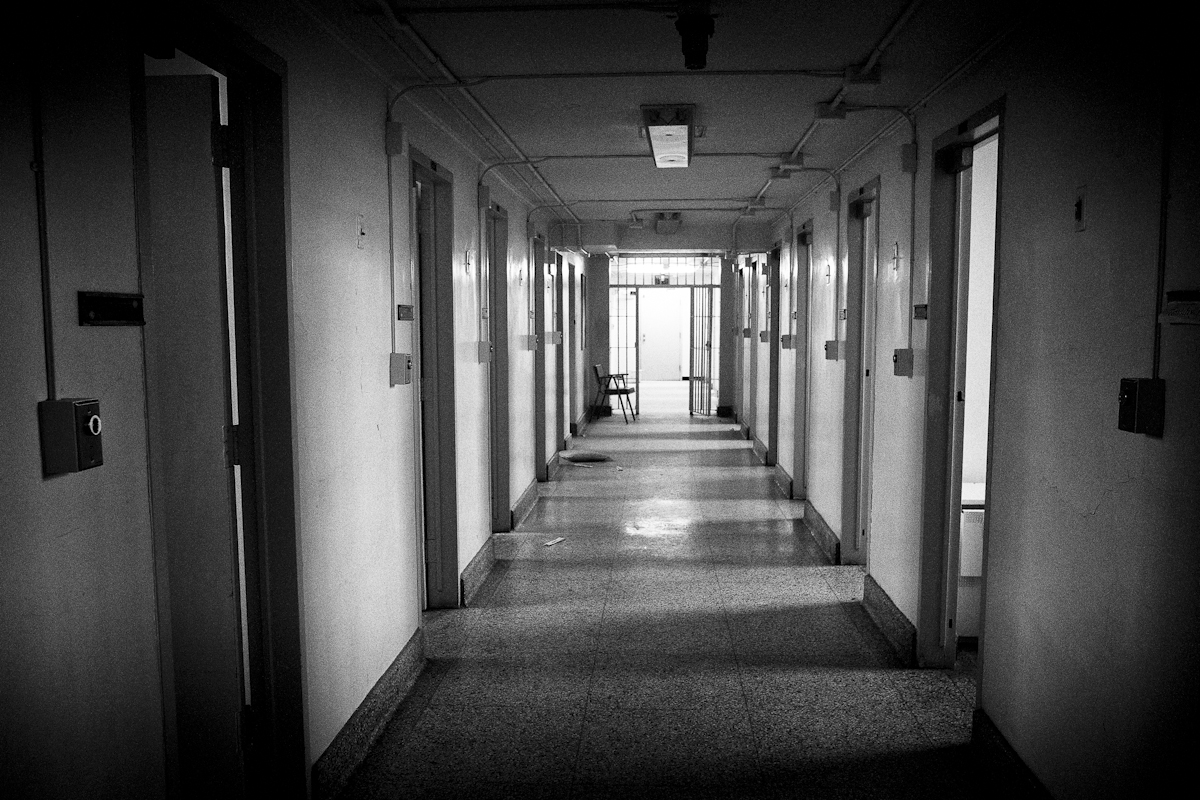
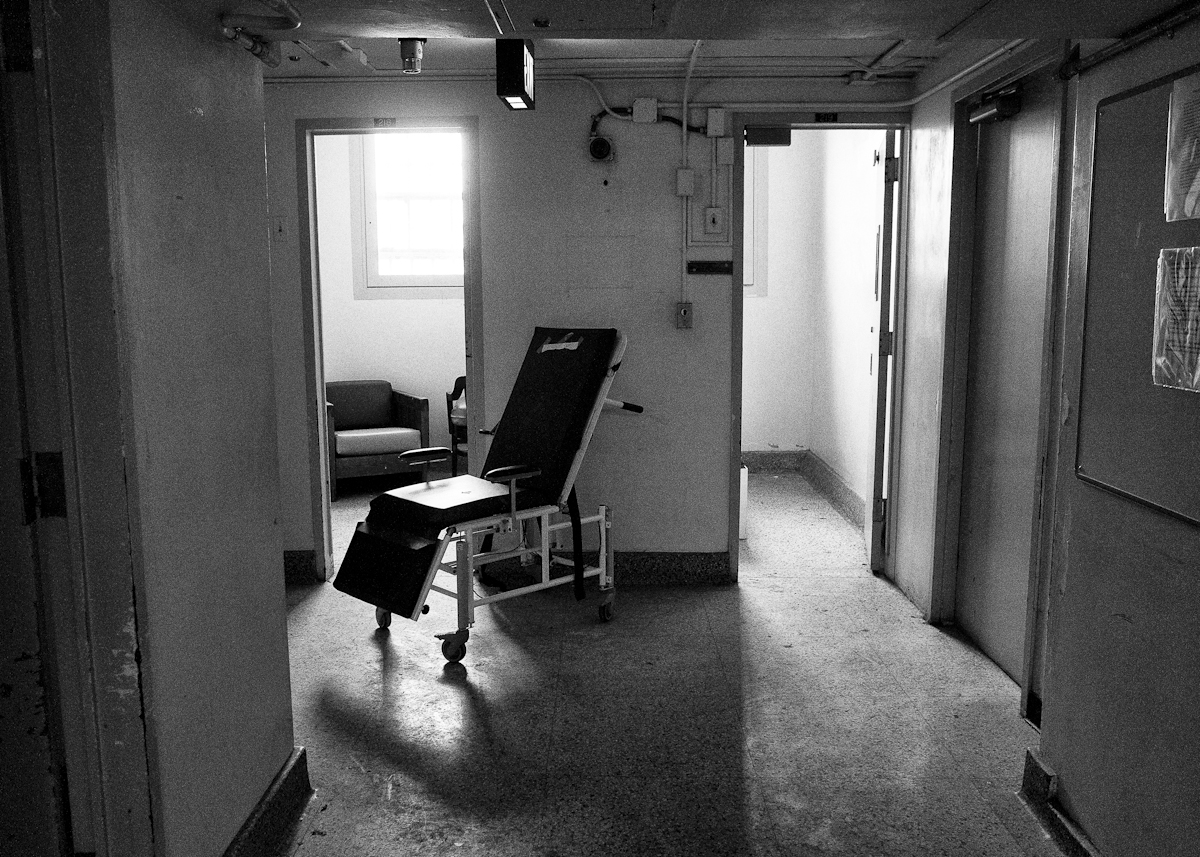
There were numerous lights on and the plumbing still worked. There were personal effects of patients in various cells. One floor still contained patient records (major HIPA violation). It looked at if the only thing they’d done when they closed the facility down was to remove the patients, where to, I’ve got no clue. I assume they’re now housed at the State Penitentiary, which is within spitting distance of the other side of my house. Yes; I live between the State Mental Hospital and the State Prison, equidistant between the criminally insane and the state’s death chamber. In its defense, it’s a great neighborhood; I’m within easy walking distance of downtown, and everybody wants to live close to downtown these days, so my property values are pretty crazy, which I like. I can put up with being next to the Penitentiary.
*************



A “Self-Esteem Group” for the Criminally Insane. Only in America.
*************
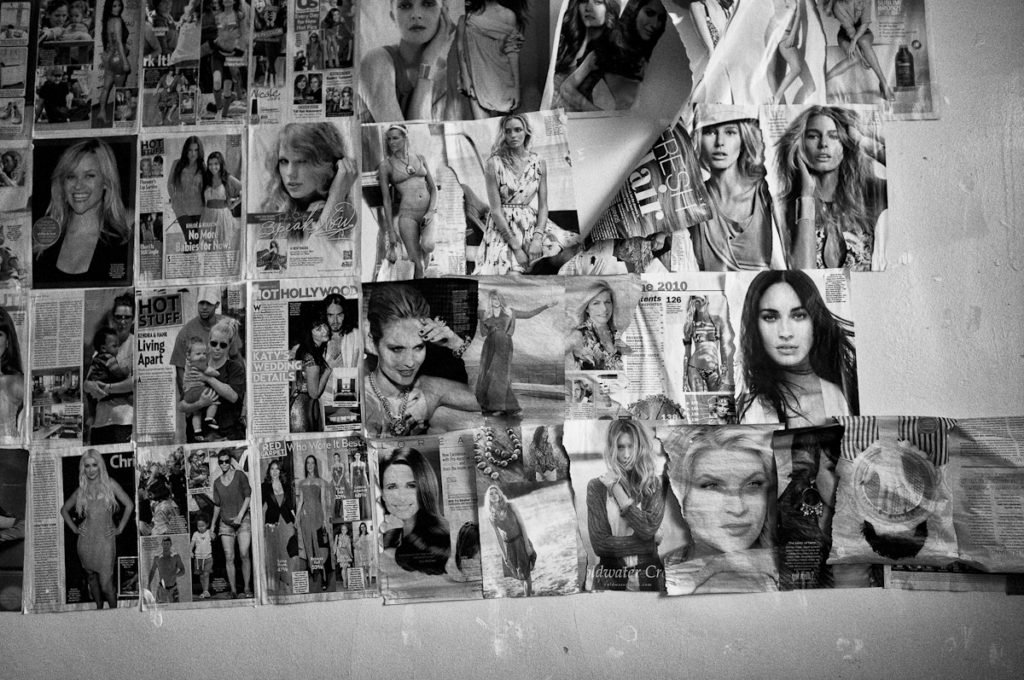
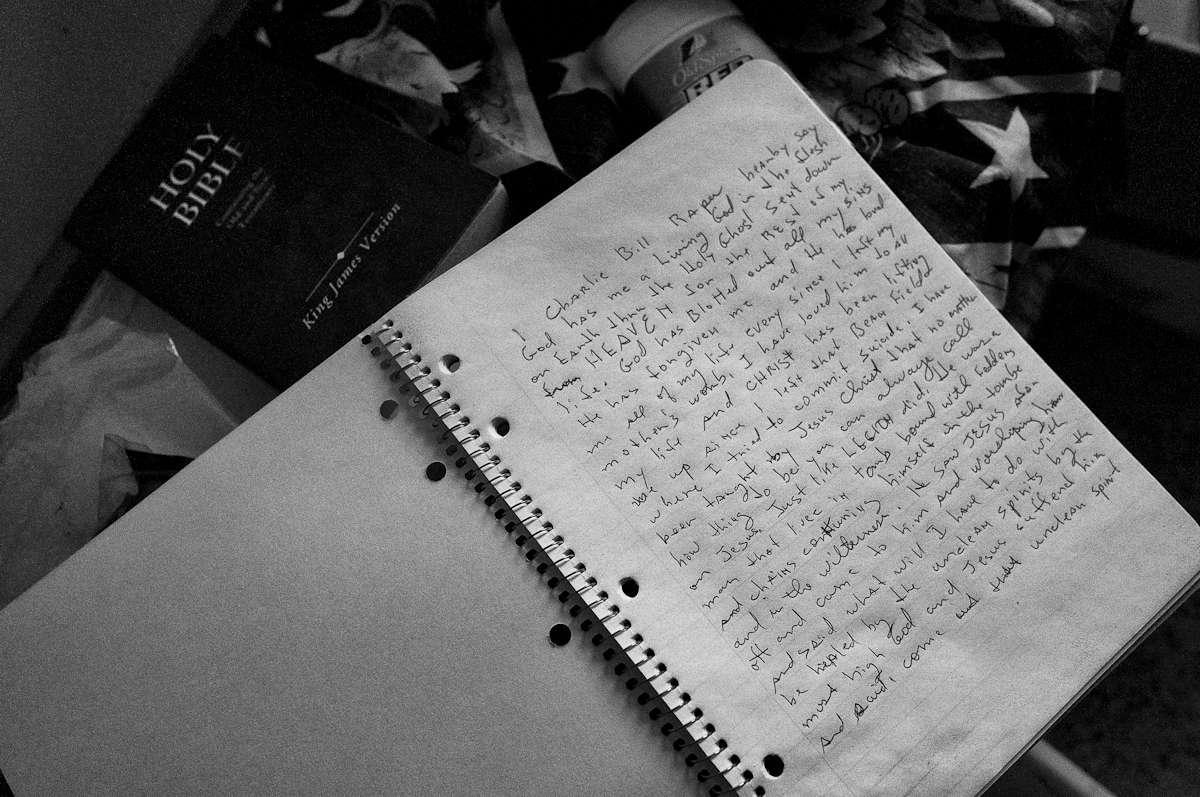
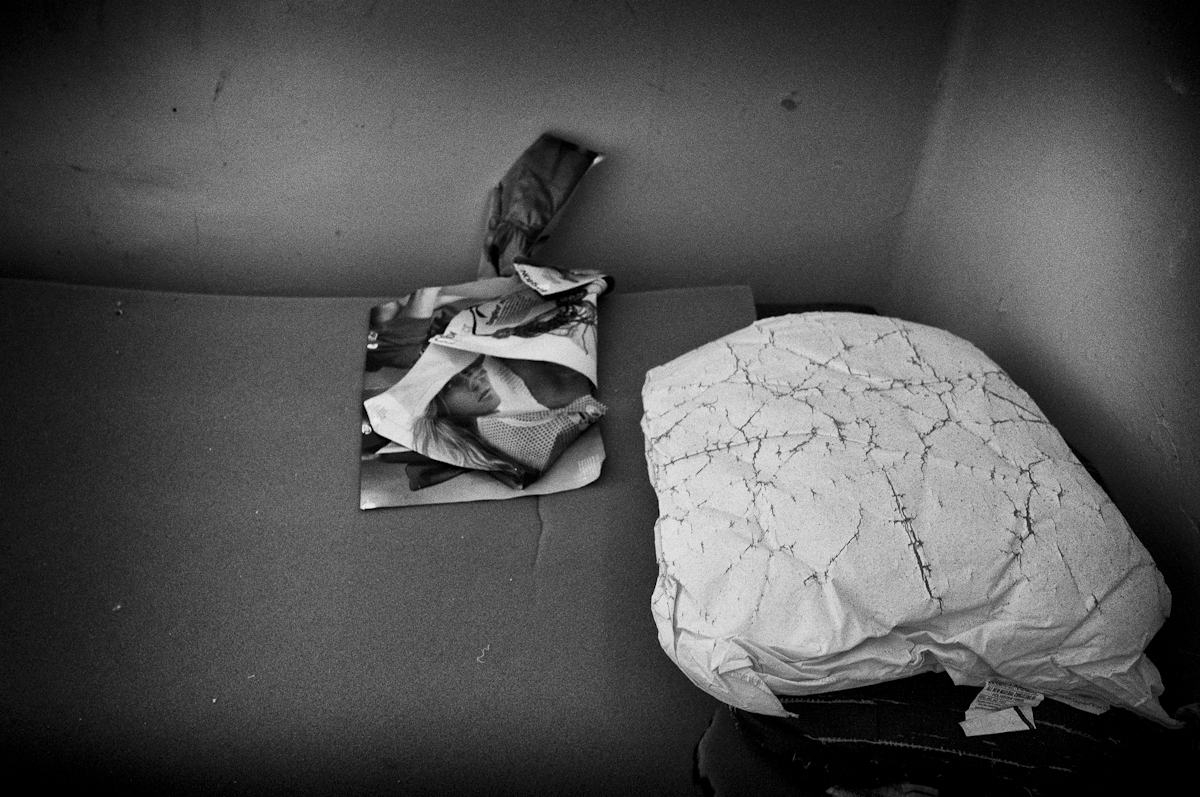
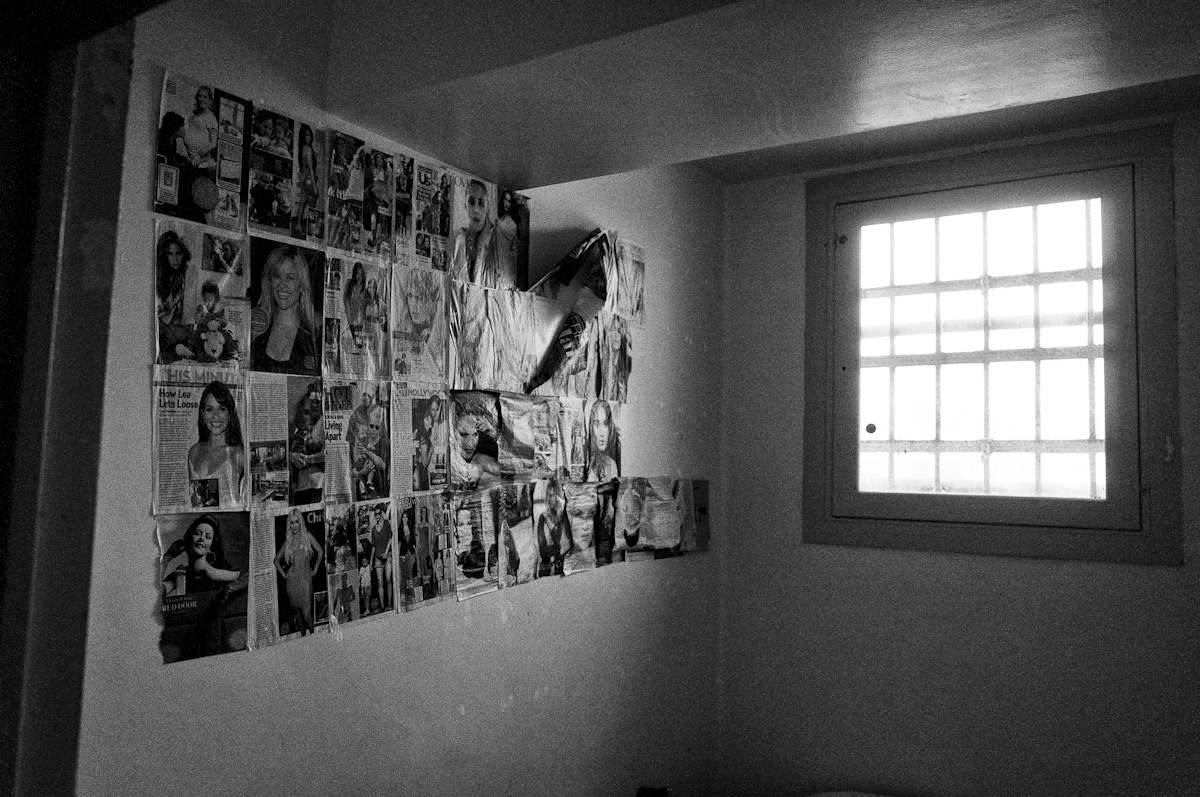
From Charley Bill Raper’s Cell
Wilson Man Charged In Double Murder Had Prior Run-Ins With Law
Posted October 11, 2004
WILSON COUNTY, N.C. — A home, where police found a woman and her son stabbed to death, is now the focus of an arson investigation as well.Investigators are looking to see if a vindictive family member or friend started the fire at a house where Charles Raper drove a truck through on Friday night.
Court records show Bill Raper threatened to kill his wife and burn down their house. Investigators said he succeeded in murdering his estranged wife, Sandra, and his 27-year-old stepson, Ray Batchelor.”We all knew he was capable of something like that because she talked about how mean he was to her, but we never thought he’d actually do it,” Amy Temple, Sandra’s niece.
The couple had a violent past in recent years. On Thursday, Sandra Raper got a protective order against her husband. The next day, detectives say Bill Raper drove his truck, filled with containers of fuel, right into the house.Investigators said Raper hoped the truck would ignite from the fireplace pilot light. They said when it did not, Raper got out and stabbed his wife and stepson with a butcher knife.
Some friends of Bill Raper claim he was the one often beaten by his wife and stepson and have pictures to back their story.”Everybody sees him as the mean person, but he’s more the victim of domestic violence,” said Fay Joyner, Bill Raper’s friend.
“This was not an act of instantaneous violence. This was methodically thought out and carried out,” said Maj. John Farmer, of the Wilson County Sheriff’s Office.
*************
